- Cart
- |
- Personal Center
- |





Mid-infrared Fabry-Perot F-P interferometer (F-P etalon/multi-beam interferometer 2.5-14um) FP-WLFE-MIR
Fabry-Perot interferometer is a multi-beam interferometer composed of two parallel glass plates. The inner surfaces of the two glass plates have high reflectivity. When the two glass plates are fixed with a hollow spacer of fixed length, it is also called Fabry-Perot etalon or simply etalon. The F-P (Fabry-Perot) etalon is a high-resolution spectrometer because of its high reflectivity and extremely narrow multi-beam isotonic interference fringes. It can be used for high-resolution spectroscopy and the study of spectral lines with very close wavelengths, such as isotope spectra of elements, hyperfine structures of spectra, tiny frequency shifts during light scattering, Doppler shifts of spectral lines caused by atomic movement, and the structural shape inside spectral lines; it can also be used as a high-resolution optical filter and the construction of precision wavelength meters; in laser systems, it is often used to narrow spectral lines in the cavity or to make the laser system run in single mode. It can be used as a bandwidth control and tuning device in broadband picosecond lasers to analyze and detect spectral (longitudinal mode, transverse mode) components in lasers.
Product features:Suitable for mid-infrared、 Good parallelism、 High end surface flatness、 Good surface quality
Part Number:--
Application area:Wavelength lockers、 Wavelength division multiplexing telecommunications networks、 Handheld spectrum analyzers、 Fiber Bragg grating sensing systems、 Tunable filter lasers、 Tunable filters
Add to Cart Consult Favorite

Parameter
Technical parameters | Technical Specifications |
Working band | Near infrared 1.3-2.0um, mid infrared 2.5-14um |
Diameter | 25.4mm+/-0.05mm |
Aperture | 22.9mm |
Length | 100mm+/-0.2mm |
Parallelism | 5-10 arc sec |
End surface flatness | Mid-infrared 1/4 lambda; Near infrared 1/10 lambda |
Surface quality | Mid-infrared 80-50; Near infrared 60-40 |
Tube shell | Copper |
Free spectral range (FSR) | 0.034cm-1 |
Experimental testing
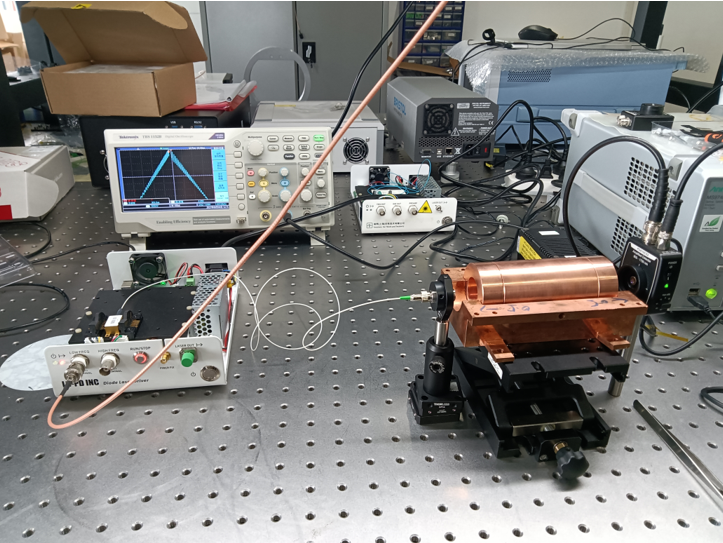
Test steps:
1. Install the 1532nm laser, connect the power supply and USB cable
2. Connect the laser output to the fiber collimator
3. Use a BNC to BNC cable to connect the signal generator to the low-frequency modulation port of the laser driver
4. Use a BNC to BNC cable to connect the detector to the channel 2 port of the oscilloscope
5. Turn on the laser and the signal generator (triangle wave modulation, frequency 1KHZ, voltage amplitude 500mW)
6. The light emitted by the laser passes through the etalon and hits the photosensitive surface of the detector. By adjusting the angle of the etalon, view the modulation waveform on the oscilloscope
Test result
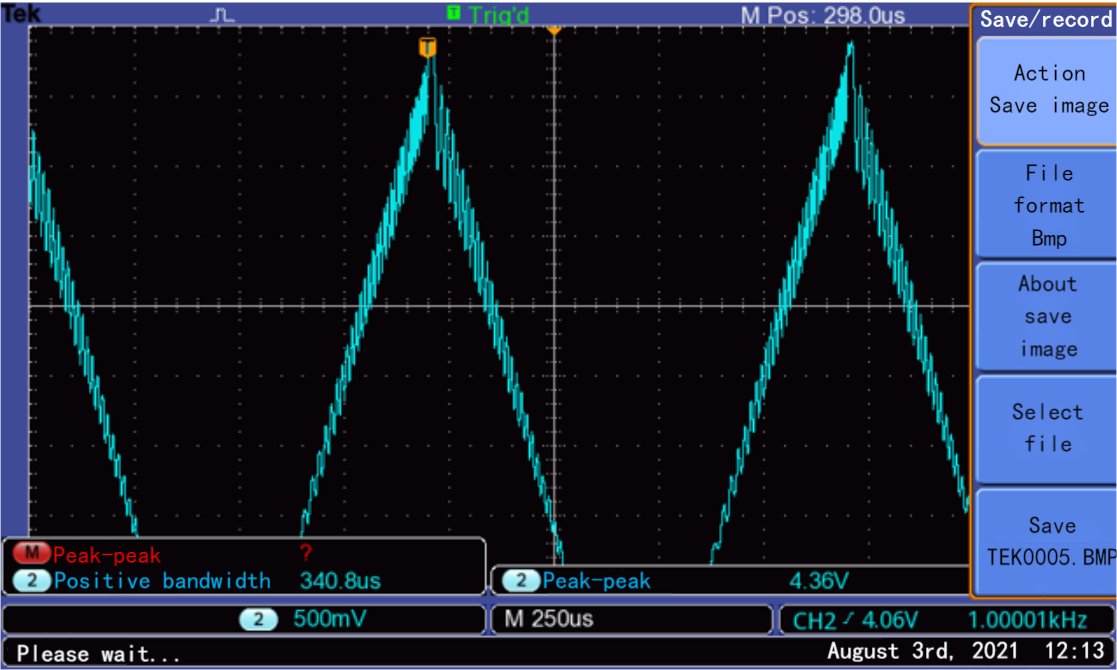
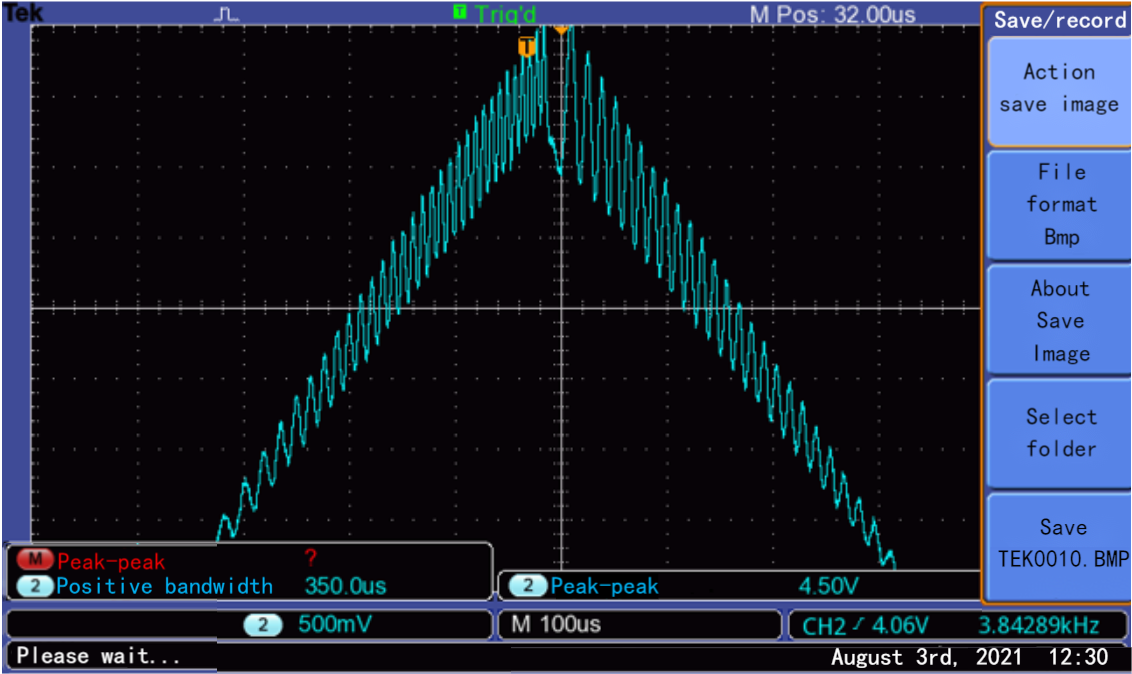
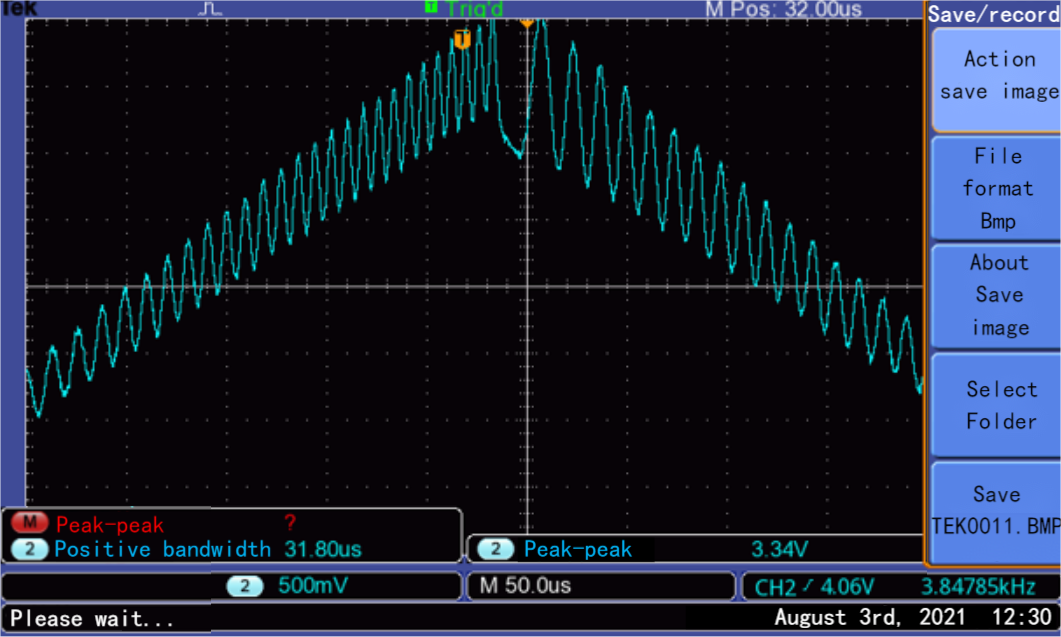
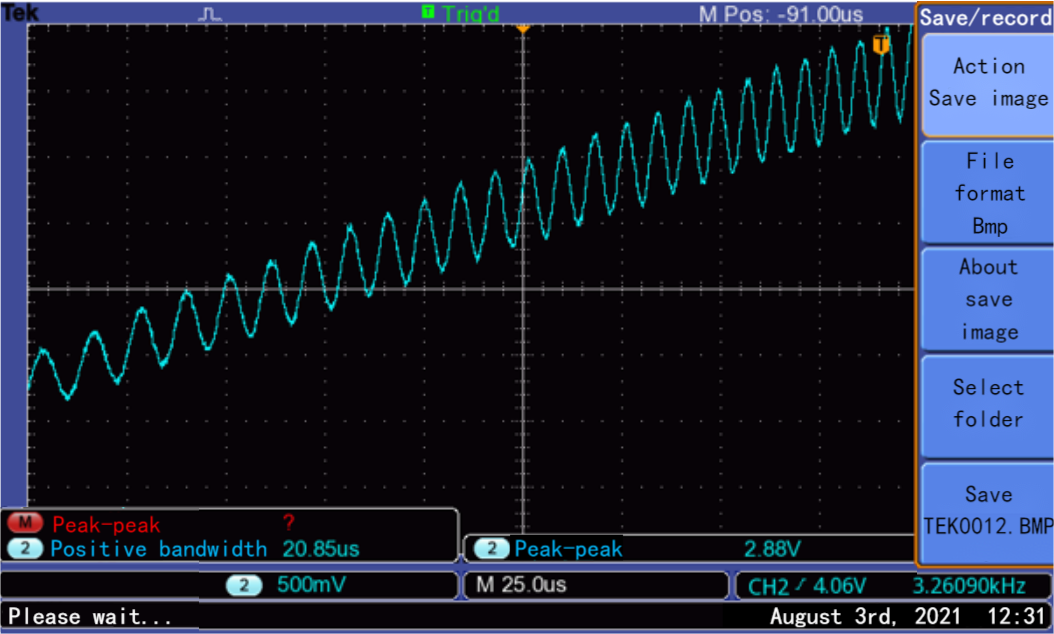
--
⇪